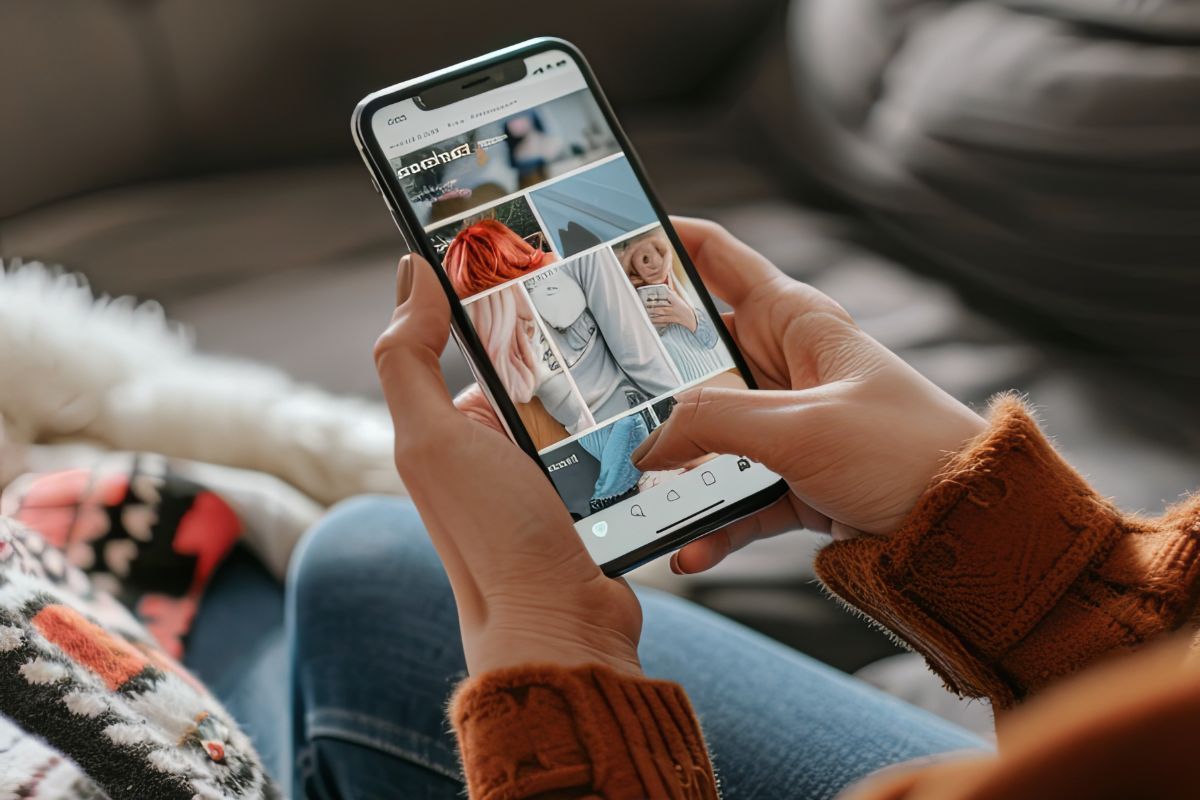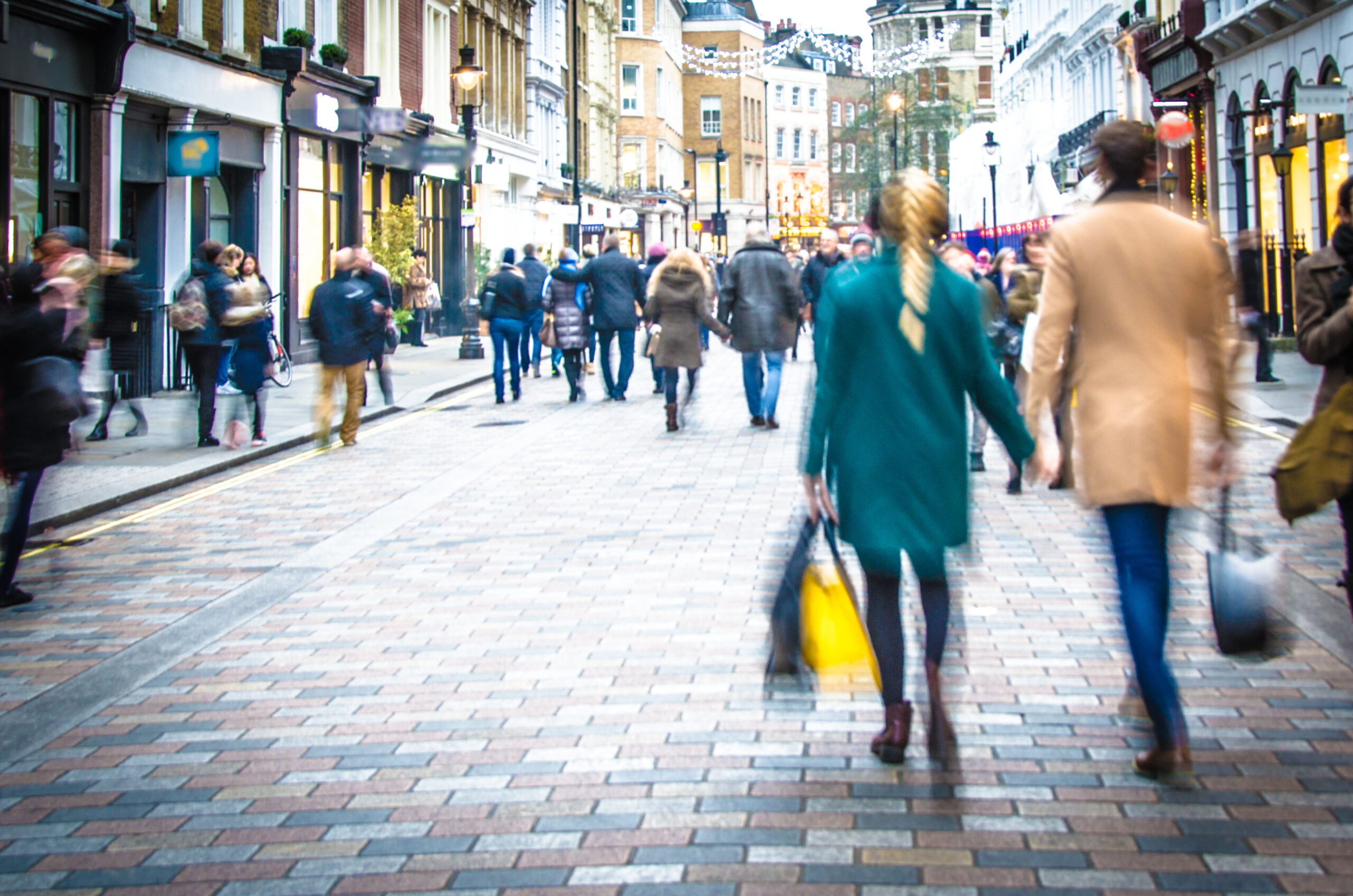When looking at developments within multichannel retail, it really is impossible to ignore the impact of the smartphone. For although the word ‘disruption’ is now used so often that it’s in danger of becoming just one more meaningless buzzword, the surprising number of uses found for it, as well as the number of other devices that it has rendered obsolete, makes the smartphone truly the most disruptive technology of the modern era.
Our rapid adoption of the smartphone also means that retailers have had little more than a decade to adjust to consumers not just conducting research via mobile devices but even purchasing big-ticket items. Other changes in behaviour include customers in physical stores comparing prices with those available online.
Essentially, those retailers within the IREU Top500 that have performed most strongly within the Mobile & Cross- channel Dimension are those that have not just understood the central role of the smartphone, but also how offerings need to be built around it – via mobile-first websites, apps and direct messages – connecting to different channels.
RetailX research continues to reflect these developments and, in 2018-19, focused on:
-
Mobile websites: optimisation and responsiveness, load times, site search, etc
-
Multichannel features: offering account access across different channels, returns, order collection, etc
-
Mobile apps: whether companies have an app, features, sophistication of product imagery, etc
Key findings: logistics
This idea of connecting channels is central to the most striking result within RetailX research, when researchers found that 62% of multichannel retailers in the IREU Top500 allow ecommerce orders to be returned to their stores. This figure was up from 43% in mid-2017, an increase of
19 percentage points (pp).
Other key findings in the area of cross-channel logistics follow a similar pattern. For example, 21% of the Top500 support returning ecommerce orders via a drop-off at a third-party location, an increase of 7pp. Turning to fulfilment rather than returns, click and collect is offered by 64% of the Top500, a 3pp increase, which suggests this will soon become a service consumers expect as a matter of routine. Collating these findings, RetailX researchers also looked in detail at such features as whether retailers currently offer pre-packaged labels, along with how many returns options they offer.
Key findings: apps
The second area where RetailX research was especially significant lay in the analysis of retailers’ apps. Well- designed apps create an environment in which retailers can manage customers’ accounts and, conversely, where customers can manage their interactions with retailers about their purchases. From both sides, there are advantages to processing a return or a click-and-collect order through an app (or responsive website).
Whatever the factors encouraging retailers to offer an app, research showed where retailers have been investing – and divesting. Android apps are now slightly less popular, for example, with 53% of the Top500 having one in mid- 2018, down from 56% in 2017. There is likewise a 3pp decrease in the number of retailers with an iOS app, to 59%.
Sector by sector
Retailers selling sports and leisure footwear are most likely to offer click and collect, with 70% of retailers in the sector offering this. Retailers selling sports and leisure clothing (69%), homeware (66%) and garden products (65%) also perform strongly.
The standard timeframe to have products ready to collect varies. For retailers selling drinks, groceries and ready- made food, the median time in our research period was
24 hours, as against 72 hours for retailers selling fashion clothing and fashion footwear, and direct-selling brands. The three-day figure has surprised us, considering we are supposedly in an era of fast fashion.
Turning to apps, marketplaces (89%) and retailers selling groceries (82%), drinks (77%), garden products (77%) and ready-made food (76%) are most likely to have an Android app. It’s least common among retailers selling fashion goods (50-52%) and direct-selling brands (43%).
There are subtle differences in the figures for iOS apps, with retailers selling groceries (83%), drink (79%), and garden products (78%), along with marketplaces (89%), most likely to offer an iOS app. At the other end of the scale, iPhone apps are least common among retailers selling stationery and crafts (48%), children’s toys and accessories (58%), and Homeware (60%) as well as direct- selling brands (55%).
Turning to specific features, some findings say much about the priorities of different sectors. Homeware sellers with an iOS app are most likely to incorporate augmented reality into their apps (6%). In contrast, few other sectors have any retailers offering this functionality.
Multichannel retailers with an iOS app that sell ready-made food (59%), fashion accessories (50%) and cosmetics (49%) are most likely to include a store finder in their apps, presumably to facilitate purchases by, for instance, customers buying items for dinner on their way home.
Regional variations
Researchers found that click and collect is most commonly offered in France (63%), the Netherlands (61%) and the UK (57%). It is least common in Slovenia (16%), Croatia (24%) and Bulgaria (26%), although we would expect the latter figures to grow rapidly.
Same-day collection is most common among Top500 retailers operating in Ireland (18%) and France (15%). In Luxembourg, Croatia, Hungary, Portugal, Bulgaria and Sweden, fewer than 5% of localised Top500 companies offer this option.
Mobile website performance
The Top500’s largest mobile landing pages are localised to Greece and the UK, with median sizes of 2.MB and 2.4MB, respectively. The smallest – and, it follows, all things being equal, the fastest to load – are localised to Luxembourg, Switzerland and Austria, with median sizes of 1.7MB, 1.8MB and 1.9MB, respectively. While the rise of 4G means that page sizes are less of an issue than previously, retailers probably need to guard against complacency here as there’s ample research to support the idea that consumers hate to wait.
This feature first appeared in the IREU Mobile & Cross-channel Performance Dimension Report 2019. Click here to download the report, and here to explore InternetRetailing and RetailX series of research reports.
Image: Fotolia








